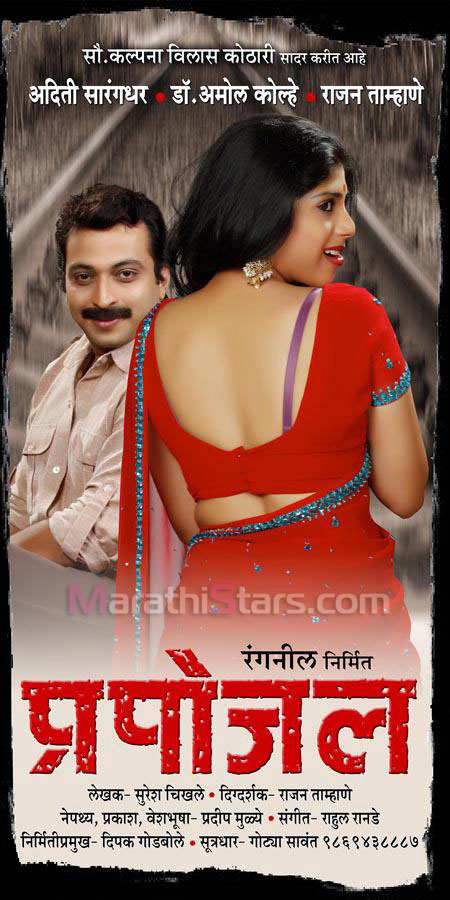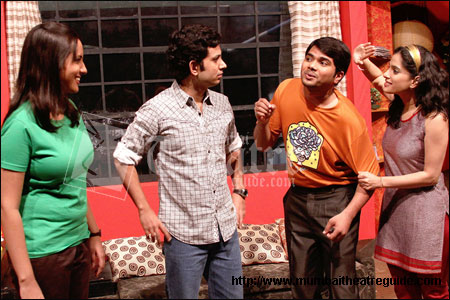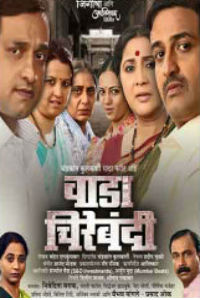Marathi Natak List
- I will list down a few that are on the top of my ‘can watch hundred times’ list, in no particular order: Katyar Kaljat Ghusli (Genre: Musical Drama - Sangeet Natak) - This is the natak that made me fall in love with the beautiful genre ‘marathi natya sangeet’.
- Latest Marathi Movies: Check out the list of all latest Marathi movies released in 2019 along with trailers and reviews. Also find details of theaters in which latest Marathi movies are playing.

Users interested in Download list for marathi natak generally download: Marathi Natak Comedy. Download Marathi Natak Comedy best collection app. List of top entertaining comedy natak collection. Download (26) Marathi Word List. Tired of manually adding all your native Marathi words in the Android dictionary?
You are trying to create a bootable USB disk, most likely one 4GB or larger, and the Ghost Boot Wizard fails unexpectedly. Ghost boot wizard usb download. Yet flexible utility designed to assist with all types of Master boot Record dif.ghost and Acronis True Image, MBRwizard has become a popular utility for repairi. Mar 8, 2015 - Norton Ghost is a disk image creator tool useful for image back ups. Once downloaded and extracted, open the Format USB Folder, then.
| Part of a series on the |
| Culture of Maharashtra |
|---|
Myths Lores |
Rice Bread Fish Sweets Snacks
|
| Religion |
Genres Institutions Awards |
Folk genresDevotionalClassical genres Modern genresPeopleInstrumentsDANCETHEATERGenres Organizations People |
Marathi theatre is theatre in the Marathi language, mostly originating or based in the state Maharashtra in India, and elsewhere with Marathidiaspora. Starting in the middle of the 19th century, it flourished in the 1950s and 1960s, and includes forms like Sangeet Natak (Musical drama) and Tamasha (folk dance). Today, it continues to have a marked presence in the State of Maharashtra with a loyal audience base, when most theatre in other parts of India have had tough time facing the onslaught of cinema and television. Its repertoire ranges from humorous social plays, farces, historical plays, musical, to experimental plays and serious drama of the 1970s onwards, by Vijay Tendulkar, P. L. Deshpande, Mahesh Elkunchwar and Satish Alekar, which have influenced theatre throughout India.[1] In fact in the post-independence era, besides Bengali theatre, Marathi theatre has been a singular driving force behind innovations and significant dramaturgy in Indian theatre.[2]

- 1History

History[edit]
Ancient and Medieval Period[edit]
The region of Maharashtra, has had long theatrical tradition, one of the early references is found in the cave inscriptions at Nashik by Gautami Balashri, the mother of 1st-century Satavahana ruler, Gautamiputra Satakarni. Rajesh khanna hit movies. The inscription mention him organizing Utsava and Samaja forms of theatrical entertainment for his subjects.[3]
There are sources mentioning plays from 17th-century like Lakshmaikalyanam in Marathi-language staged for the Bhosale ruler of Tanjore in present-day Tamil Nadu state.However, they were court plays.
British Colonial Period[edit]
The first public performance of a stage play in Marathi was Sita Swayamvar (Marriage of Sita) by Vishnudas Bhave, based on a popular episode of the epic Ramayana. Staged in 1843 in Sangli, with ruler of the princely state of Sangli in audience, it was an experimental play, based on folk theatre form called Yakshagana from the neighbouring Karnataka region. After the success of his play, he staged many more plays about other episodes of Ramayana. His plays were largely influenced by the Shakespearean and Parsi theatres. Bhave went on to form a travelling theatre troupe.[4][5] The coming decades saw notable plays like Jhansichya Raniche Naatak (1870), Sawai Madhavravancha Mrutyu (1871), AfjhalKhanachya Mrutyuche Naatak (1871) and Malharrav Maharaj (1875). However, Marathi stage took a distinct theatre form with the musical Shakuntal by Annasaheb Kirloskar in 1880,based on a classical work, Abhijnanasakuntalam by Kalidasa.The success of his theatre company, Kirloskar Natya Mandali paved way for commercial repertories in Marathi theatre, and subsequently the formation of Natak Companies.[6]
The early period of Marathi theatre was dominated by playwrights like Kolhatkar, Krushnaji Prabhakar Khadilkar, Govind Ballal Deval, Ram Ganesh Gadkari and Annasaheb Kirloskar who enriched the Marathi theatre for about half a century with excellent musical plays known as Sangeet Natak. The genre of music used in such plays is known as Natya Sangeet. It is during this era of the Marathi theatre that great singer-actors like Bal Gandharva, Keshavrao Bhole, Bhaurao Kolhatkar and Deenanath Mangeshkar thrived.
Post-independence period[edit]
In the second half of the 20th century, some theatre practitioners have incorporated the traditional forms like tamasha and dashavatar into their plays. In the 1970s, the tamasha form was employed as narrative device and style in several notable plays like Ghashiram Kotwal by Vijay Tendulkar, Vijaya Mehta's Marathi adaptations of Bertolt Brecht's The Good Woman of Setzuan as Devajine Karuna Keli (1972) and Caucasian Chalk Circle as Ajab Nyaya Vartulacha (1974), P. L. Deshpande's Teen paishacha Tamasha (1978), an adaptation of Brecht's The Threepenny Opera. Mehta also adapted and Ionesco with Chairs.[7][8] Varyavarchi Varat' the most famous and comedy play written by 'Pu.la.Deshpande' and also this play is still in theaters with new cast & crew . Although the characters created by Pu.La. were fictional many people still relate to them.
Marathi Rangabhoomi Din[edit]
5 November is Celebrated as 'Marathi Rangabhoomi Din'. Marathi theater has vast history.
See also[edit]
Bibliography[edit]
- Anand Patil (1993). Western influence on Marathi drama: a case study. Rajahaṃsa. ISBN81-85854-06-8.
- Dnyaneshwar Nadkarni (1988). Balgandharva and the Marathi theatre. Roopak Book.
- Shanta Gokhale; National School of Drama (2000). Playwright at the Centre: Marathi drama from 1843 to the present. Seagull Books. ISBN81-7046-157-X.
- Shanta Gokhale (2008). 'Mapping Marathi theatre'. India-seminar. Retrieved 27 February 2016.
Notes[edit]
Marathi Natak Srimantanch Ghar
- ^'Modern Marathi theatre had milestones, limitations.'The Times of India. 7 June 2011.
- ^Rubin, p. 196
- ^Varadpande, p. 163
- ^Datta, p. 1087
- ^'Prominent Personalities: Vishnudas Bhave'. Sangli.gov.in. Retrieved 27 February 2016.
- ^'Marathi Theatre'. 19 March 2012. Archived from the original on 19 March 2012. Retrieved 31 July 2017.
- ^Dharwadker, p. 368
- ^Dharwadker, p. 314
Marathi Natak List
References[edit]
Marathi Natak Youtube
- Stanley Hochman (1984). McGraw-Hill encyclopedia of world drama (Vol. 3). VNR AG. ISBN0-07-079169-4.
- Manohar Laxman Varadpande (1992). History of Indian Theatre. Abhinav Publications. ISBN978-81-7017-278-9.
- Don Rubin (1998). The World Encyclopedia of Contemporary Theatre: Asia. Taylor & Francis. ISBN0-415-05933-X.
- Amaresh Datta (2006). The Encyclopaedia of Indian Literature (Vol. 2). Sahitya Akademi. ISBN81-260-1194-7.
- Gabrielle H. Cody; Evert Sprinchorn (2007). The Columbia encyclopedia of Modern Drama, (Vol. 1). Columbia University Press. ISBN0-231-14422-9.
- Aparna Bhargava Dharwadker (2009). Theatres of Independence: Drama, Theory, and Urban Performance in India Since 1947. University of Iowa Press. ISBN978-1-58729-642-0.